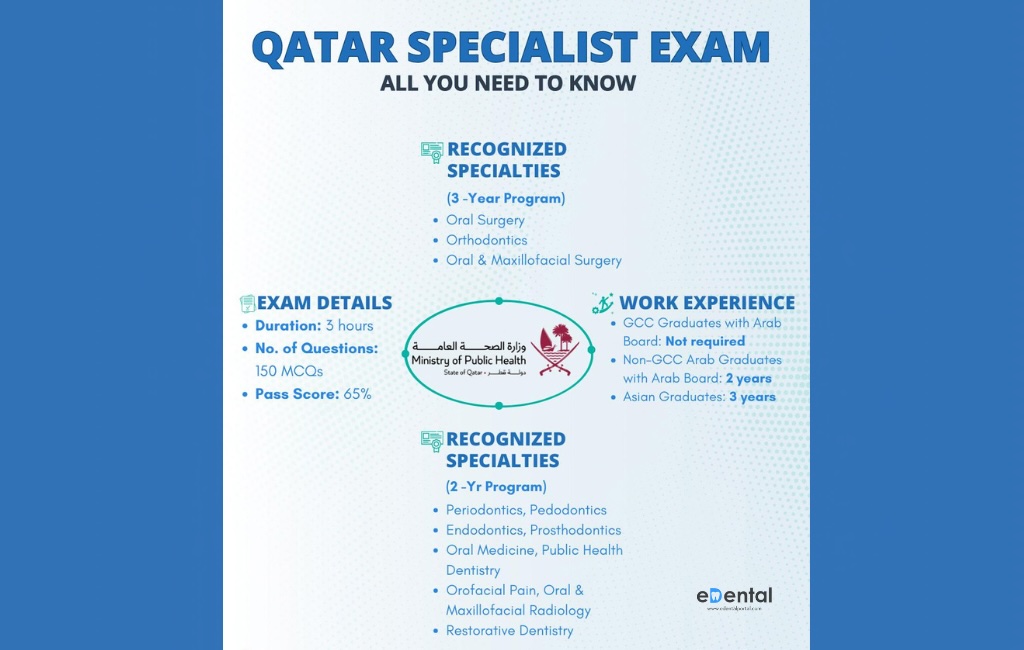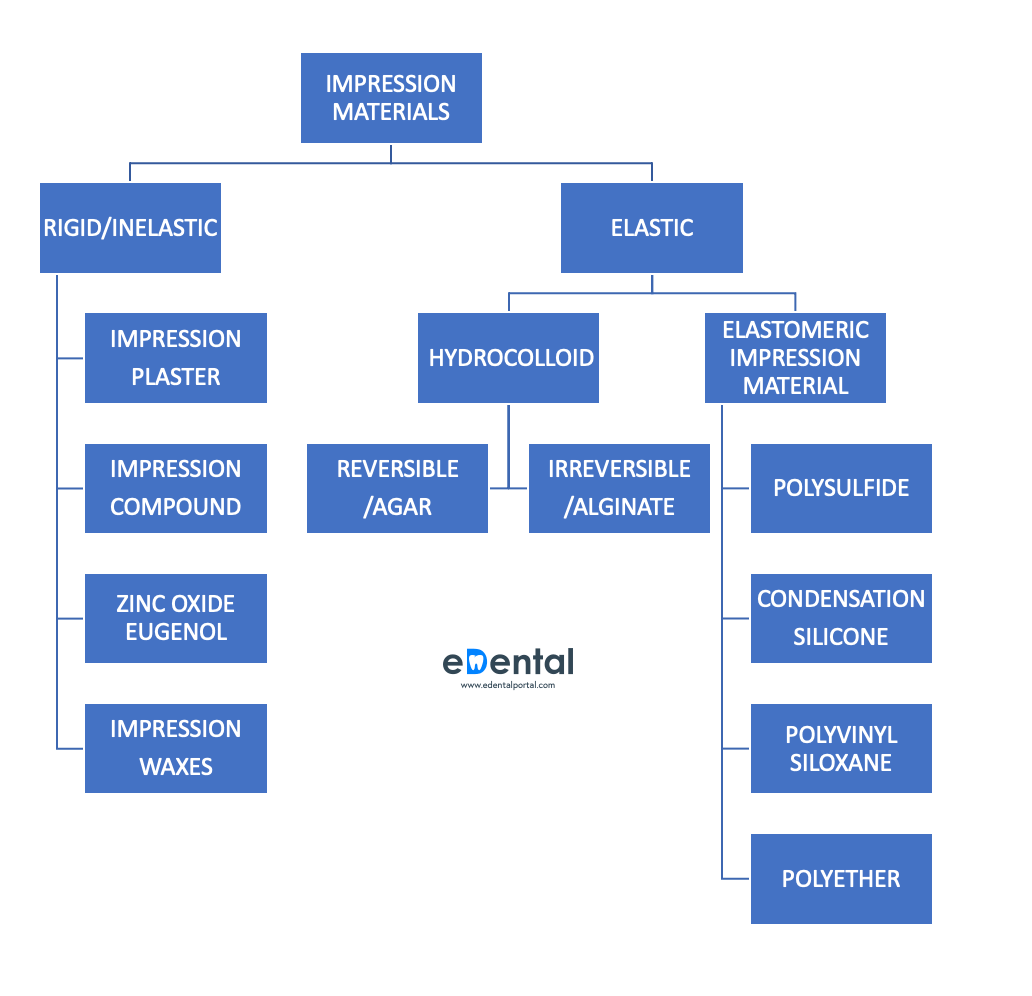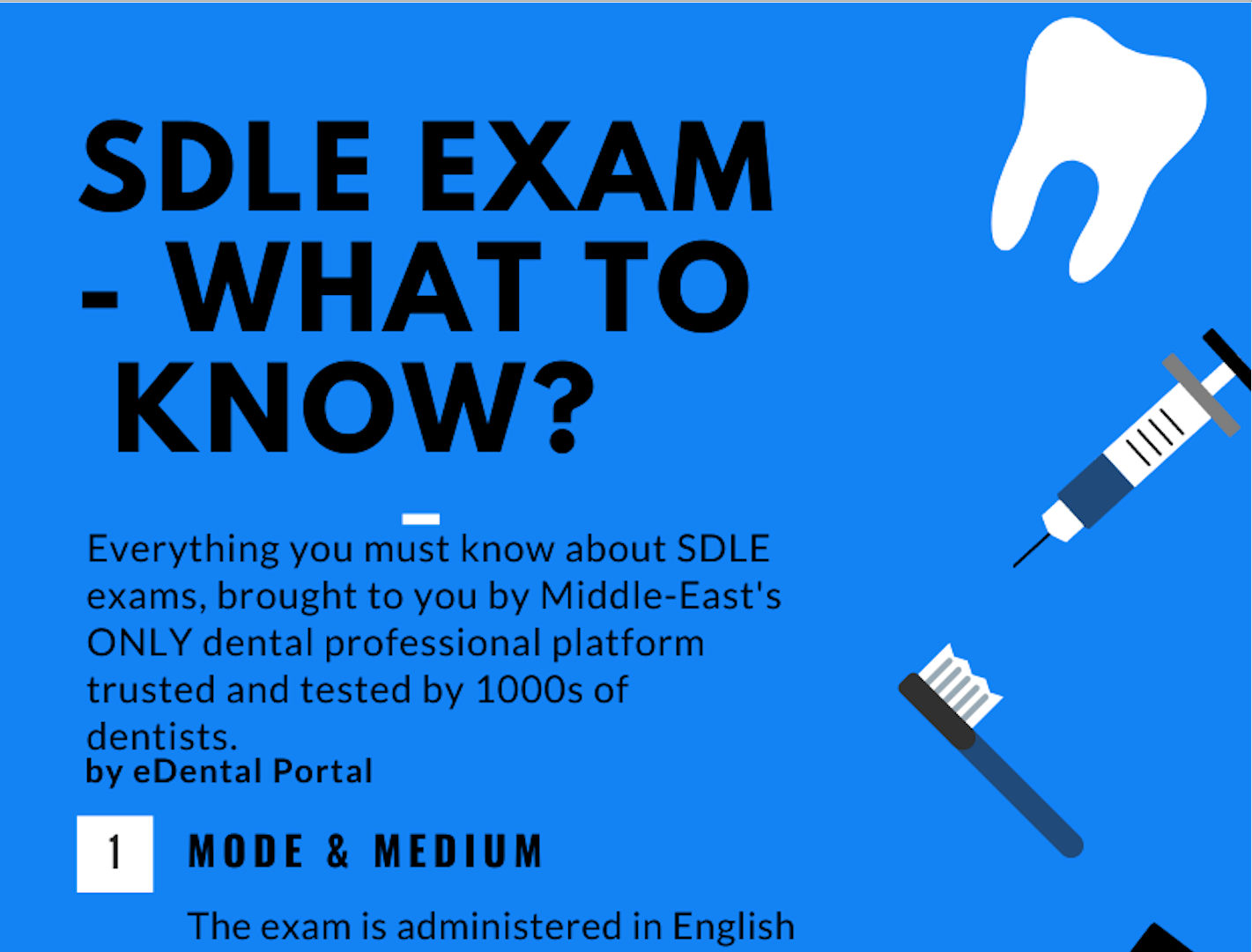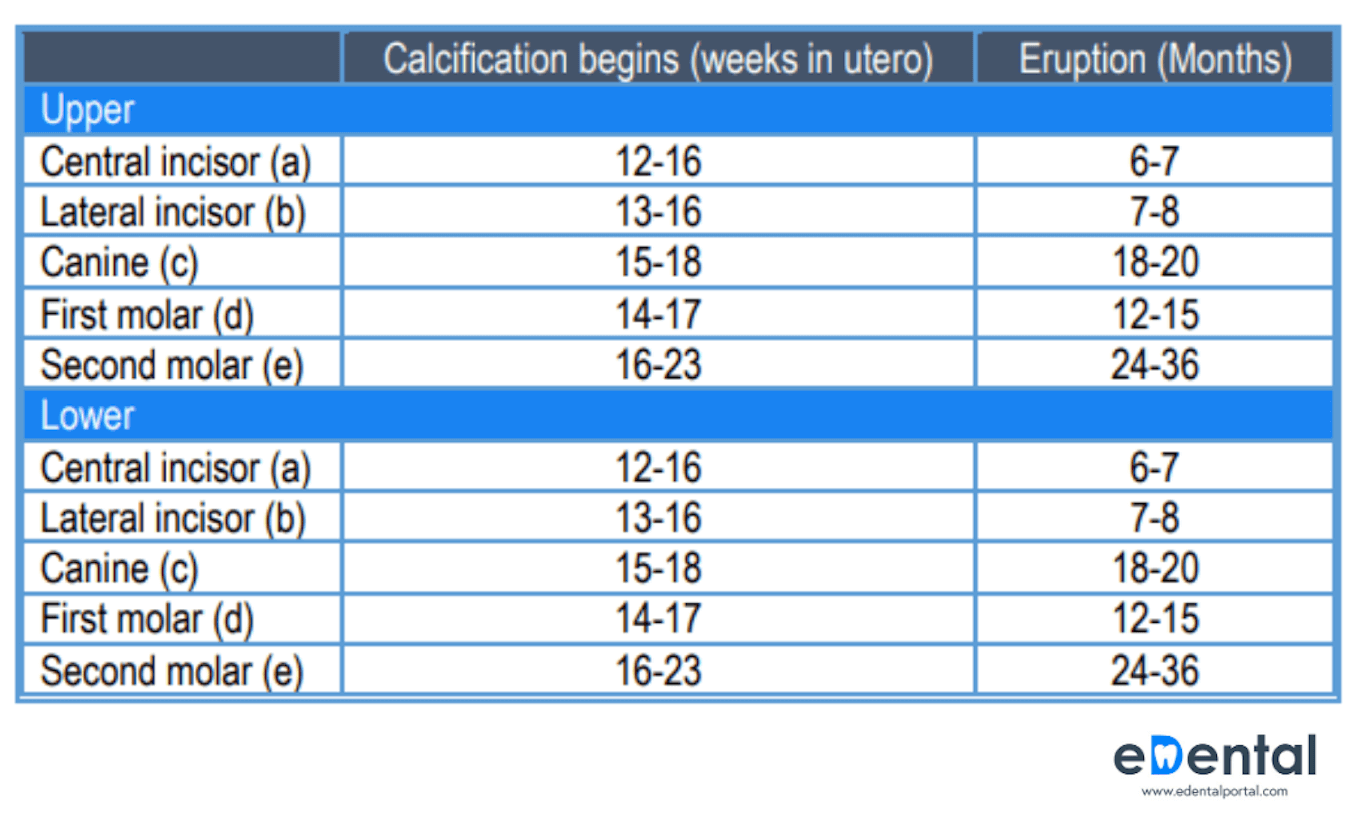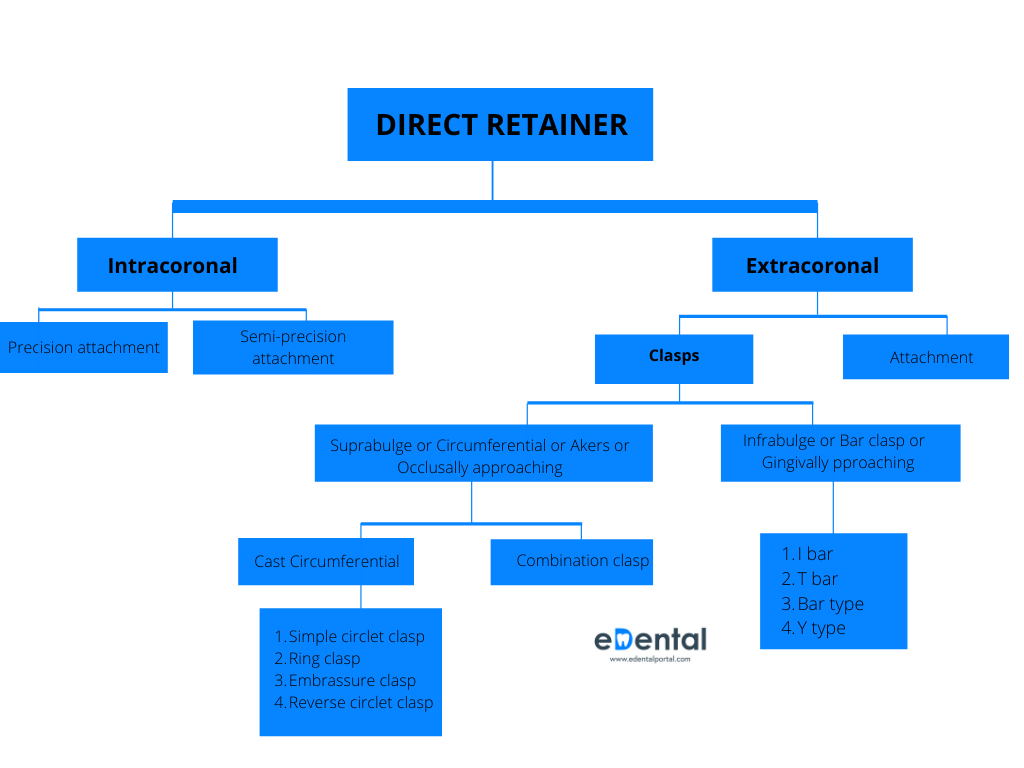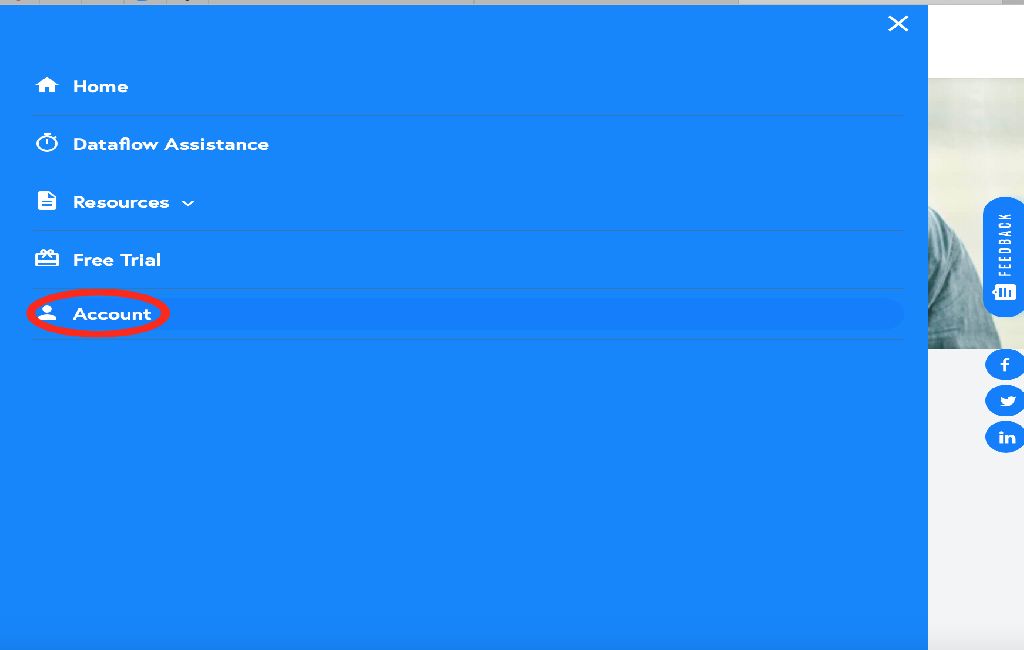
Root Canal Treatment (RCT) using Protaper®: Steps for Dummies
On 27-08-2020 | Read time about 5 Minutes
This post aims to guide students and fresh, young dentists who may not have done enough root canal treatments previously with specific clinical pointers to get started. This post is the first of a two part series on how to carry out a Root Canal Treatment using Protaper rotary files.
In general, beginners should undertake root canal treatment first on extracted tooth, then on anterior and then on premolar teeth of patients until they have gained clinical experience to carry them out on molars.
1. Before commencing any root canal treatment, a pre-operative radiograph must be taken to assess the tooth’s root canal anatomy.
2. Working area:
Root canal treatment must be carried out in a sterile field. The endodontic instruments should be set out on the bracket table on an endodontic block (or an EndoRing) with sterile files. The files should be opened and placed in the sterile stand as required. Non- sterile and/or non-endodontic equipment should be left on the side of the unit and the working area kept clean and tidy at all times.
3. Access Preparation General Principles
A. In most cases, local anaesthetic should be given. In particular, for vital pulp remnants, sensitivity at the apex, patient anxiety etc. If the patient elects not to have local anaesthetic, gingival anaesthesia may still be necessary to avoid discomfort from the rubber dam clamp.
B. Rubber dam should be applied at an early stage in the procedure. If the access cavity is commenced first so that anatomical landmarks may be followed to assist straight-line access, then rubber dam materials and equipment must be completely prepared to enable immediate placement just before penetrating the pulp chamber is penetrated, to prevent salivary contamination. When cutting an access cavity without rubber dam isolation, the tooth must be isolated during the procedure with cotton wool rolls and a saliva ejector.
Anterior Teeth
• Establish the initial access opening into dentine using a high speed diamond round or fissure bur with water spray, in the centre of the palatal / lingual surface of the crown of the tooth just incisal to the cingulum. Keep the shank of the bur parallel to the long axis of the tooth, use wide bore aspiration. The opening should be a rounded triangle shape (base of triangle towards the incisal edge) for incisors, oval shape for canines.
• If this bur does not penetrate the pulp chamber, a long shank, latch grip round bur should be used. The opening into the pulp chamber should be funnelled to remove ledges on the palatal aspect, removing all the pulp chamber roof and pulp horn remnants. Try to avoid hollowing out the natural crown more than necessary and retain as much as possible of cingulum dentine.
Posterior Teeth
• Using a diamond bur in the high speed handpiece with water spray and wide bore aspiration, cut the initial outline form of the access opening into dentine. Estimate the depth of penetration necessary to reach the largest pulp horn from the pro-operative radiograph.
• Using either a high-speed fissure bur or preferably the slow speed handpiece with a long shank (neck) round bur make an opening into the pulp chamber. Do not allow the bur to touch the floor of the pulp chamber. Again, check depth of opening by comparing length of bur with pre-operative radiograph. Using a high speed or slow speed safe tipped endodontic access bur (eg. Endo Z bur), remove the remainder of the roof of the pulp chamber.
• The bur must "float" at the level of the roof of the pulp chamber and cut with a pull stroke. Do not allow the bur to touch the pulp chamber floor. Remove contents of the pulp chamber with a discoid excavator. Remove any remaining overhanging edges of the pulp chamber roof so that the walls of the access opening are smooth using the safe-tipped endodontic access bur.
4. Irrigation
• 1% NaOCl is the irrigant of choice and should be used in a Luer lock syringe with a gauge 27 Endo needle. The irrigant should be gently and passively flushed through the root canal system using only light finger pressure. It should not be forced into the canal under pressure. Always ensure the tip of the irrigating needle is not wedged at the end of the root canal but withdrawn slightly. • Aspirate effluent using a plastic disposable saliva ejector with the round tip removed (or inserted upside down into aspirator unit) in high volume aspirator, held as close to the access cavity as possible. • Using a different syringe, irrigate gently with 17% EDTA solution to remove the smear layer
Protaper® files
There are eight files in the ProTaper® sequence arranged in two series
-
Shaper Files- S Series:
SX is an accessory file for removal of coronal dentine in the canal orifice only. NB This file is not used until the canal has been explored with file S1 or the tip may fracture.
File S1 (purple handle) is designed to prepare the coronal third of the canal. The less tapered apical half of the file stays largely passive in the middle third.
File S2 (white handle) deepens this shape to the middle third of the canal. Again the apical half of the file remains largely passive in the deeper canal.
-
Finishing Files- F Series
The finishing series F1, F2, F3, F4 and F5 have increasing tip sizes #20, #25, #30, #40 and #50 respectively, associated with increasing tapers. They are designed to prepare the apical third of the canal.
In general, only one of these files would be used depending upon the operator’s estimate of the canal dimensions. At present, however, we will use always use F1 and F2 in sequence to establish an apical stop at the confirmed working length of size #25. If this was easily achieved, the file F3 will also be used to enlarge the apical stop further. For larger canals F4 and F5 may also be used in sequence.
The next of the series of this blog will explain in detail step by step how to carry out debridgement with the help of protaper files.
Latest Posts

FREE PROMETRIC PRACTICE TESTS
Try out the most relevant Prometric mock test questions for Dental exams here.
ENROLL NOW



